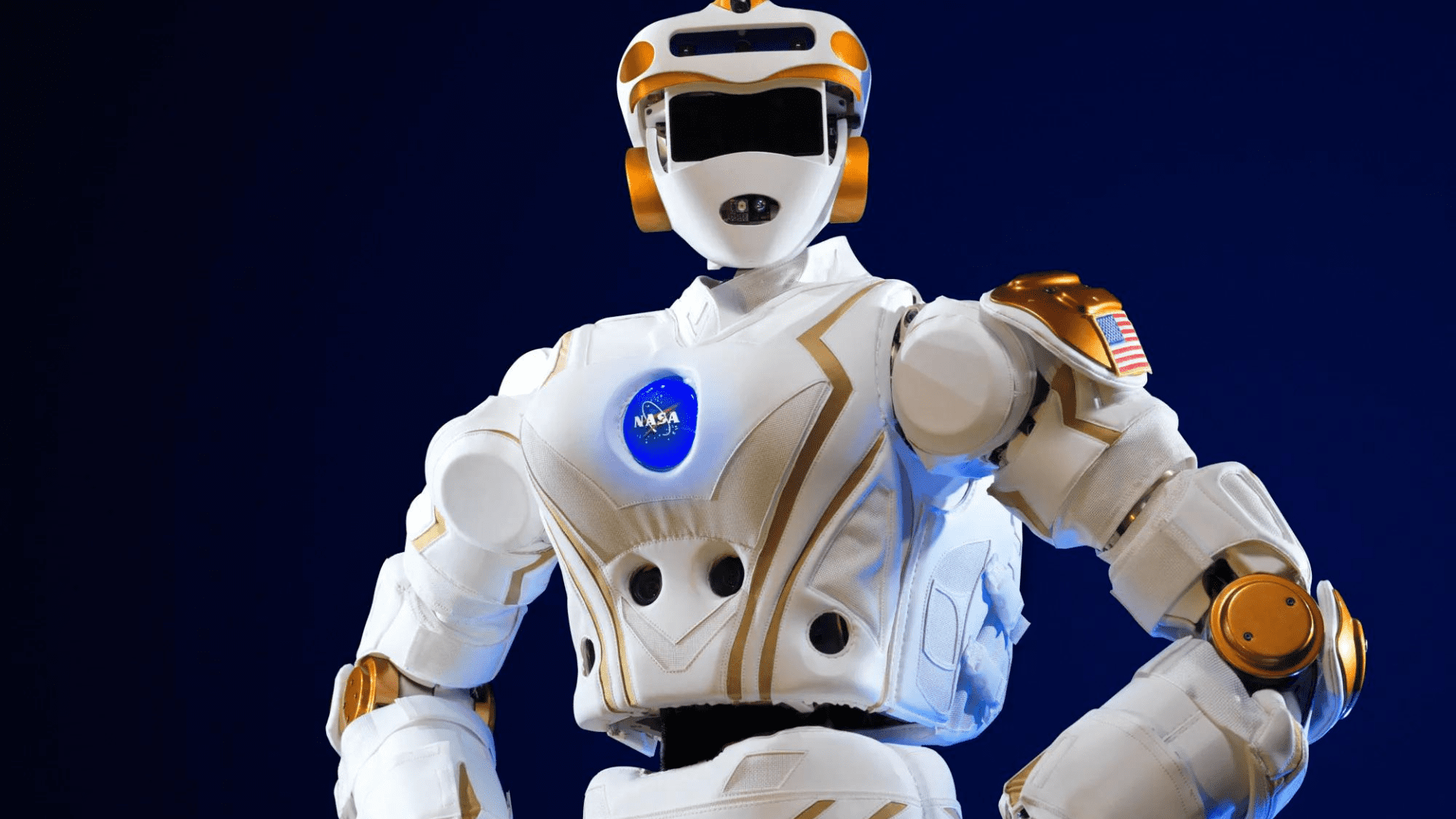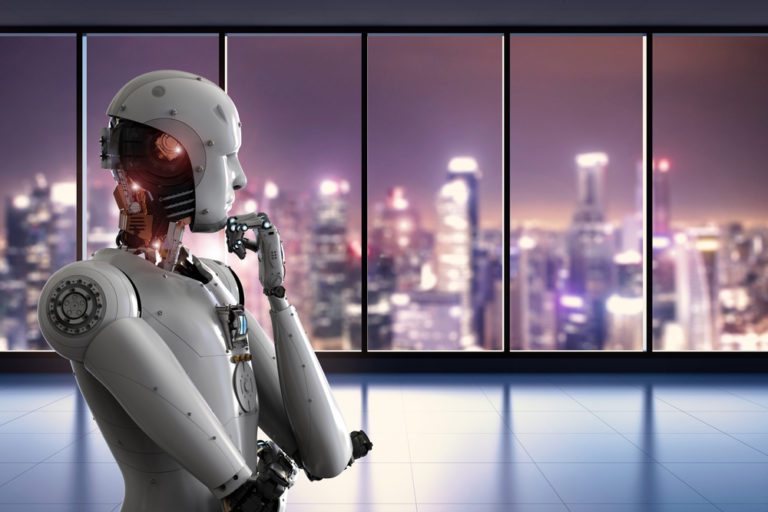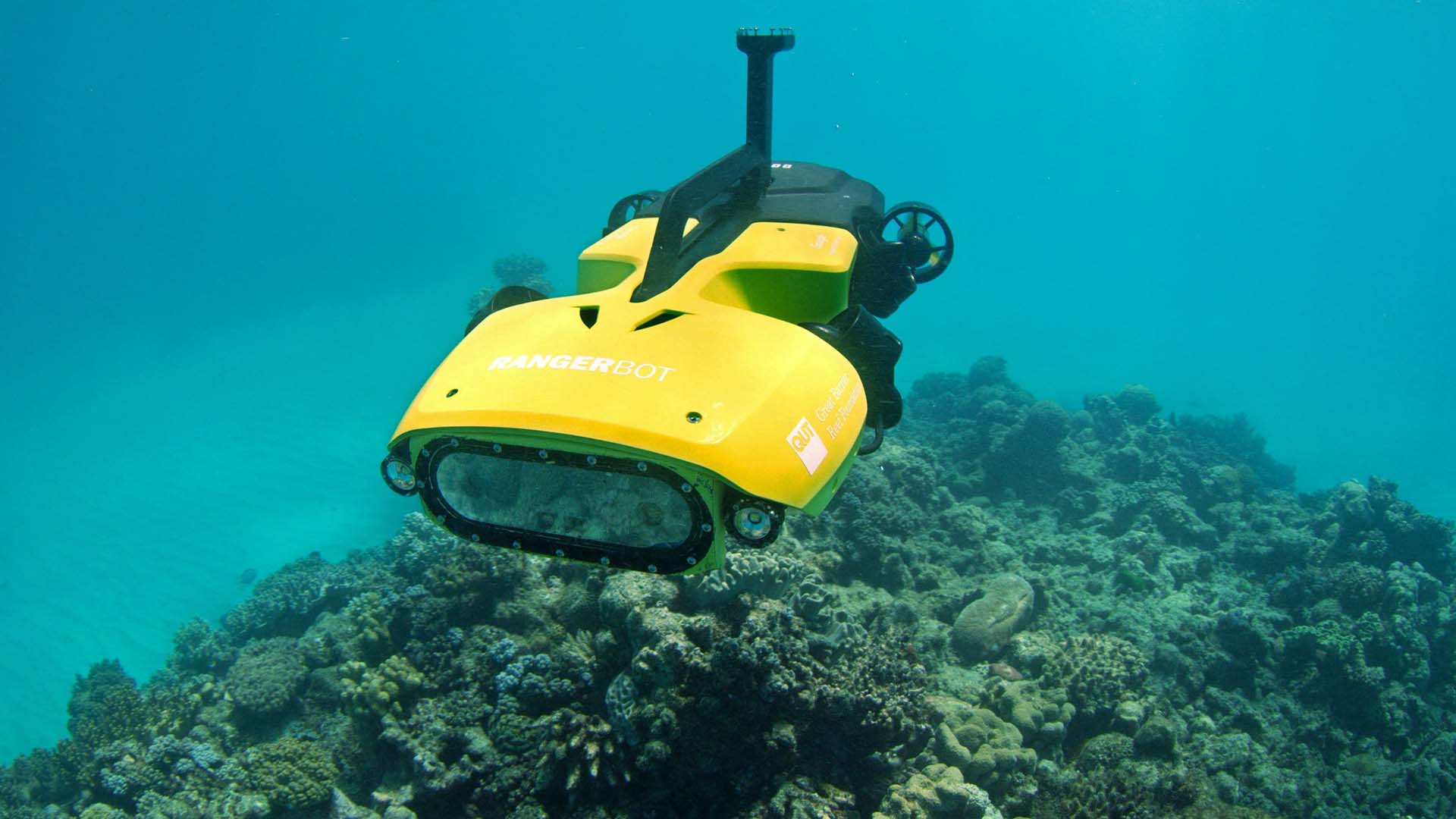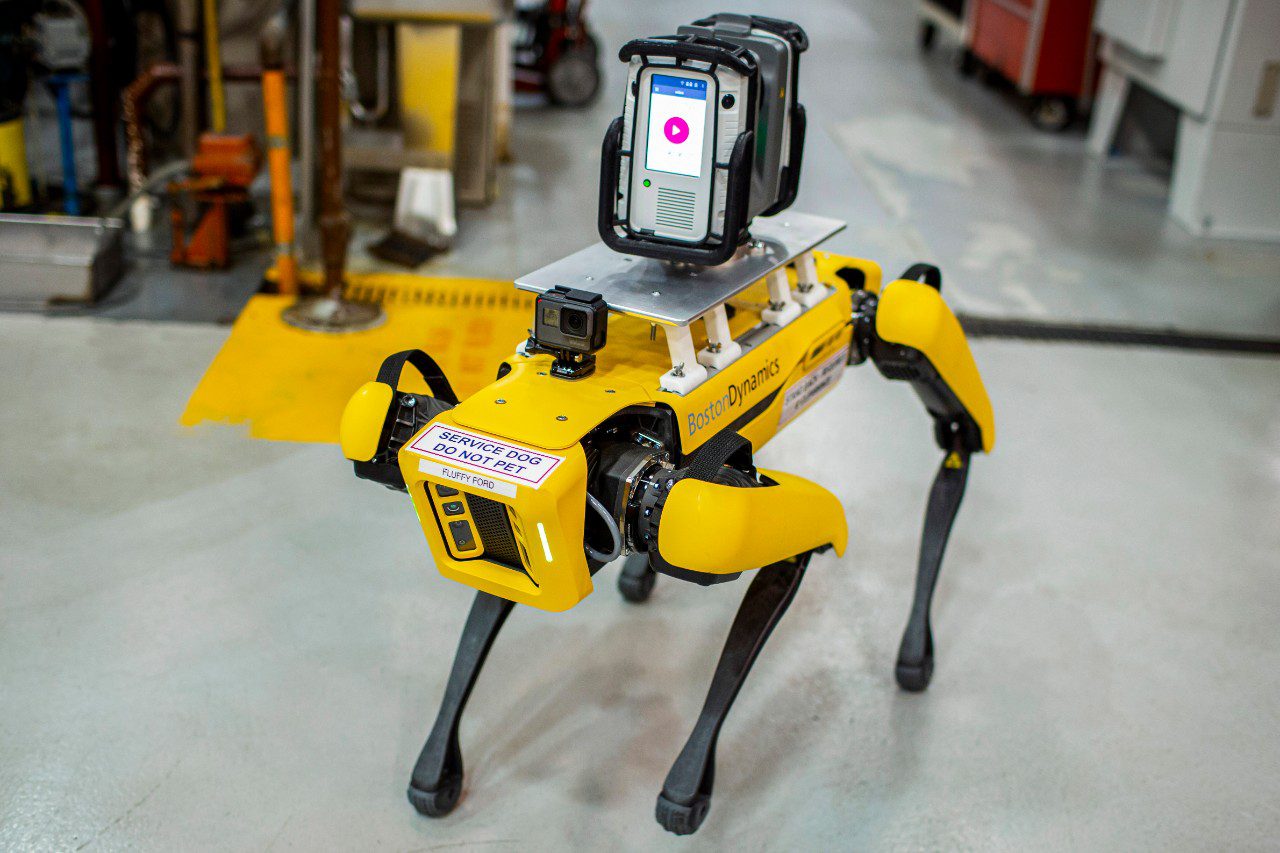Humanoid robots going to space could become more common as technology advances. In the past, these life-like robots entered space but remained in the spacecraft. NASA wants to change that and give the robots a bigger role.
NASA’s humanoid robot could be on that extraterrestrial journey sooner than we think.
Valkyrie
This humanoid robot is different than the ones at the world’s first-ever humanoid robot factory in Oregon. NASA’s Valkyrie is going through tests at the Johnson Space Center in Houston, Texas. It’s designed to operate in a damaged or degraded environment. For example, an area hit by a natural disaster.
But one day, Valkyrie and the other humanoid robots can operate in space.

A humanoid robot resembles a person with two arms, two legs, a torso, and a head, and engineers believe that with the right software, they will be able to function like humans and use the same tools and equipment we use.
NASA Dexterous Robotics Team Leader Shaun Azimi said humanoid robots in space could handle any risky tasks. For example, while astronauts are focusing on exploration, the robots could clean solar panels or inspect malfunctioning equipment outside the spacecraft.
What Azimi says NASA is not trying to do is replace human crews. “We’re really just trying to take the dull, dirty, and dangerous work off their plates to allow them to focus on those higher-level activities.”
At the Johnson Space Center, NASA designs humanoid robots called “Robonauts.”
What are Robonauts?
Robonauts entered space before. Robonaut2 (R2) was the first Robonaut that went to space after a trip to the International Space Station in 2011.

NASA is partnering with Texas-based robotic company Apptronik to learn how humanoid robots designed for space could benefit future humanoid robots destined for terrestrial travel.
Apptronik is developing Apollo, designed to work in warehouses and factories. Apollo’s tasks would include stacking pallets, moving boxes, and other supply chain-oriented tasks.
Apptronik CEO Jeff Cardenas said the sky’s the limit as new software and development improve Apollo’s abilities.
Cardenas said, Apollo is starting in warehouses and manufacturing floors but can move into retail and delivery– eventually into what he calls “unstructured spaces.” Those “unstructured spaces” could be space in a few years, according to Azimi.
Azimi also stated that robots like Apollo are designed to adapt to different applications.
“And that’s where NASA’s really trying to get that insight,” says Azimi “to see what are the key gaps, where we would need to invest in the future to bring a terrestrial system into the space environment and certified for operating in space.”







